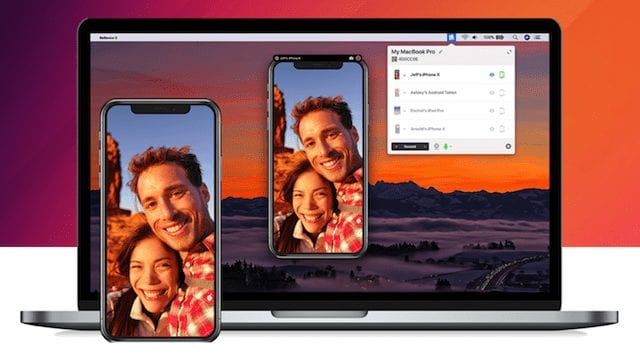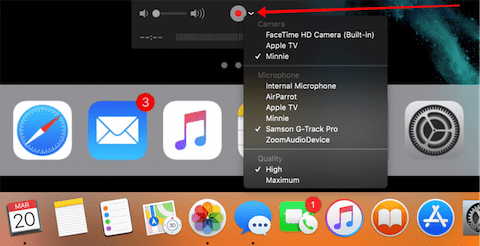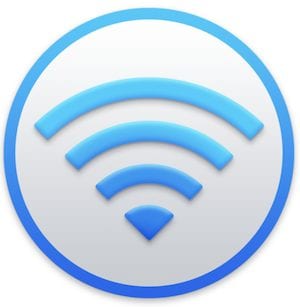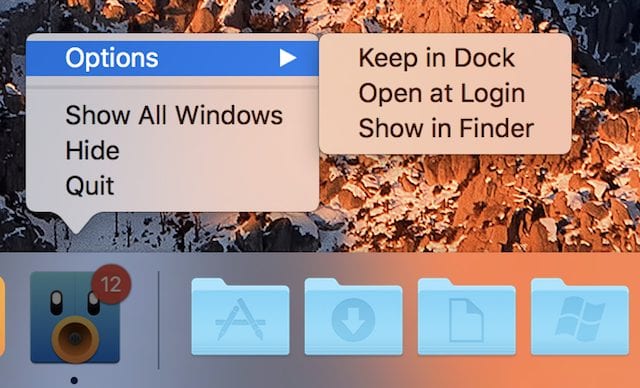
When teaching other people about iOS, demonstrating usage of various iOS devices, screencasting, or podcasting, it’s often useful to be able to mirror iOS devices to a Mac or PC so that the screens of those devices can be captured or broadcast. While Apple’s QuickTime Player offers a simple way to record the screen of one iOS device on a Mac (see the end of this article), sometimes it’s necessary to show two or more iOS devices at a time on a Mac or PC screen. In today’s Tech 101, we’ll demonstrate one Mac and Windows app for doing this and mention a second alternative.
Reflector 3
One of the easiest ways to mirror multiple iOS devices to either a Mac or Windows PC is to use Reflector 3, a US$14.99 app from Squirrels, LLC. Reflector 3 uses an AirPlay connection to the Mac or PC so your devices don’t need to be cabled together, and it also works with Google Cast and Miracast, two “video over Wi-Fi” standards popular on Android devices. Squirrels provides a 7-day free trial of Reflector 3, so trying it out for future reference or seeing if it is helpful for your requirements is a no-cost proposition.
For the purposes of this demonstration, we’ll assume that you’ve downloaded and installed Reflector 3. Here’s an example of mirroring an iPhone X and an iPad mini 2 to a Mac:
1) Launch Reflector 3. Make sure that you know the “Broadcast Name” of your Mac or PC — this can be found under Reflector 3 > Preferences > General. You may also wish to change settings for the resolution of the devices on the screen while in the Reflector 3 preferences clicking on the Connection tab.
2) Connect the first device. In this example, the first device is an iPhone X. In the iOS Control Center, tap on Screen Mirroring (see screenshot below):

Next, a dialog appears with all AirPlay devices listed (see screenshot below). The device I’m mirroring the screen to is “Steven’s iMac”, so I tap on that device name to connect to Reflector 3 on the Mac.

The Mac displays a 4-digit code which is entered in a dialog on the iPhone screen (see screenshot below). Remember that code, as it is needed to authenticate the second device as well. Press OK to enter the code, and the iPhone X display is mirrored to the Mac.

3) Connect the second device. The second device in this example is an iPad mini 2. Following step 2 above on the iPad mini 2, I bring up the iOS Control Center, tap on Screen Mirroring, and follow the rest of the process. The result? Two devices mirrored to an iMac at the same time.
One of the best features of Reflector 3 (in my opinion) is that it can tell what model of device is being mirrored and can frame the live images from the iOS devices so that they look just like the actual thing (see image below):

An Alternative to Reflector 3: AirServer
At the start of this post I mentioned that we’d also list an alternative to Reflector 3, and that alternative is the US$19.99 AirServer. It’s quite similar to Reflector in both capability and the way that it is handled on the iOS device. There are versions available for macOS, Windows, Xbox, Surface Hub, Philips TV, embedded Linux and more, so if your requirements are out of the ordinary, it’s worth looking into AirServer.
Mirroring a Single iOS Device to a Mac
Perhaps your needs are quite simple; you just need to mirror one iOS device onto a Mac. The simple way to do it is to use a USB to Lightning cable and the standard QuickTime Player app included with every Mac:
1) Connect the Mac and iOS device with a USB to Lightning Cable. Note that you may need to respond to a message on the iOS device asking you to trust the computer. When you’ve responded, the iOS device will allow the Mac to mirror the iOS device screen.
2) Launch QuickTime Player. This app is found in the Applications folder on the Mac.
3) Select File > New Movie Recording from the QuickTime Player Menu. Initially, this should display an image from the Mac’s FaceTime camera. That’s normal.
4) Click the small “disclosure triangle” next to the red Record button (see image below). A pop-up menu appears.

5) Select your iOS device from the list of “Cameras”. In this example, it’s an iPad mini named “Minnie”.
6) The iOS device is mirrored on the Mac screen. Note that you can record the actions on the iOS device — including sound — just by clicking the red Record button in the QuickTime Player window. If you just need to mirror the iOS device screen, move your cursor away from the QuickTime Player window and the recording controls will disappear.








